Faith in Rainy River despite tough times
Anywhere along the north shore of Lake Superior can be one of the better, or worst, places in Canada to live and work. Its remarkable scenery puts the region on almost every tourist map in the country,
while conversely, Environment Canada also lists it as one of the more temperamental winter-weather zones anywhere in the nation.
And, aside from a handful of small towns like Fort Frances, Kenora, Dryden, and Atikoka, plus the villages of Red and Pickle Lakes, and Siouix Lookout, there aren’t too many other names on the map. Literally.
But what the maps don’t show are the names of the mining companies that have moved in, and now call the lands North of Superior “home.”
Names like Barrick, Goldcorp, Hudson’s Bay Exploration and Development, plus Noranda and International Nickel Corporation of Canada (INCO), in earlier years, as well as Mingold Resources,have been known throughout the region for decades.
But now there’s a newcomer to the neighbourhood, appropriately called “New Gold,” that has taken up residency in the area with its Rainy River Gold Project.
As its name implies, the Rainy River Gold Project is an advanced gold exploration project located in Richardson Township, approximately 50km northwest of Fort Frances, and 420km west of Thunder Bay.
It’s not necessarily a new discovery per se, because exploration at the site started as early as 1967, but it wasn’t until June 2005 when Rainy River Resources moved in that things started to develop in earnest.
New Gold subsequently acquired Rainy River in the fall of 2013.
Again, it’s not a new discovery but what makes the project most significant is that it’s one of the few mining projects in Canada that is moving forward and not announcing plans for any closure or layoffs.
And that alone is newsworthy during these depressing times in the mining industry.
Fortunately, the company was armed with a good supply of historical core dating back to the late 60s, but since then, the company has continued with an aggressive drill program that has seen it drill 225 core boreholes totalling 77,969m.
In total, 1,435 holes totalling 662,849m have been punched into the property since its initial discovery almost 49 years ago.
Regardless of when the drilling took place, the information gathered confirmed that mineralized zones generally follow a northwesterly strike, the largest extending 1,600m along the strike, 975m down dip (open at depth), with a true width of 200m.
With proven and probable reserves of 3.7 million ounces of gold, and measured and indicated resources of 3.0 million ounces, it’s n
o wonder that New Gold is excited about the promise a new mine will bring to the company, and Richardson Township community and its 10,000 people.
As the project advances toward its mid-2017 target for the start of commercial production, New Gold is continuing with its drill program to discover additional gold resources to help extend the projected 14-year life of the mine.
Regarding the new mine itself, it’s designed to be a combined open pit (19,500 tpd) and underground mining operation (1,500 tpd), feeding a conventional (21,000 tpd) process plant to recover gold and silver mineralization.
Surface mining at the site will follow the standard practice of an open pit operation, with conventional drill and blast, load and haul cycles using a drill/truck/shovel mining fleet.
Access to the pit will use a 10% gradient ramp, 33m wide, to safely accommodate the large trucks for double-traffic lane haulage.
The primary fleet consists of: three hydraulic shovels, one wheel loader, 22 haul trucks, three drills, and a fleet of smaller support equipment.
Operating bench heights of 10m have been planned, and over the life of the mine, New Gold says a total of 318.2 Mt of waste rock and 73.6 Mt of overburden will be removed with the first seven years of the mine’s operation.
Mine waste and overburden will be stored in nearby stockpiles or used in dam construction activities or blended in cement and used as backfill material for the underground mine.
It’s estimated that the company will employ more than 315 people during the peak of the open pit mining operation.
As for the underground mine design, New Gold plans to build a 1,500 tpd facility to extract ore by longitudinal, long hole open stoping.
Key mine infrastructure includes: a 4km main access decline from the surface portal location to the east of the open pit, internal production ramps servicing each mining zone, ventilation intake shafts equipped with a surface heating plant, ventilation exhaust raises, a backfill delivery raise that terminates at the underground truck-loading station, a cement-storage and grout-mixing facility, two main dewatering stations, an equipment maintenance facility, electrical substations, and other smaller, ancillary installations complete the description of what’s planned underground.
A closer look shows that stopes are typically 20m in length along strike and 20m high. Ore handling from the underground workings to surface will be accomplished by a fleet of loaders working in tandem with 45t haul trucks to move the ore directly to the surface to a coarse-ore stockpile adjacent to the portal.
Primary crushing will be performed on the surface in a dedicated jaw crusher before the underground ore stream is rehandled into a gyratory crusher that also services the open pit.
As mentioned earlier, underground mine development is scheduled for after production from the open pit has started, leading to the projected recovery of 4.2 Mt of ore grading 4.96 g/t Au and 10.32 g/t Ag over the life of the mine.
With a proposed mine production rate of a combined open pit (19,500 tpd), and underground (1,500 tpd) with approximately 104 Mt of material being processed over the life-of-mine at a nominal daily mill throughput of 21,000 tpd (7.67 Mtpa), New Gold’s Rainy River project holds great hope for both the company, and the people ‘North of Superior.’
And, considering the current state of the nation’s economic affairs, the work by New Gold, and the support of its investors, should be congratulated for their continuing faith in the mining industry in Canada.
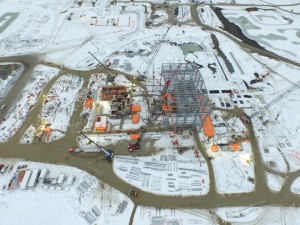
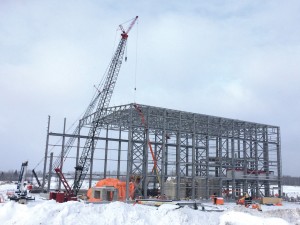
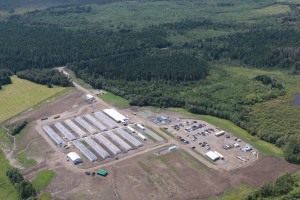


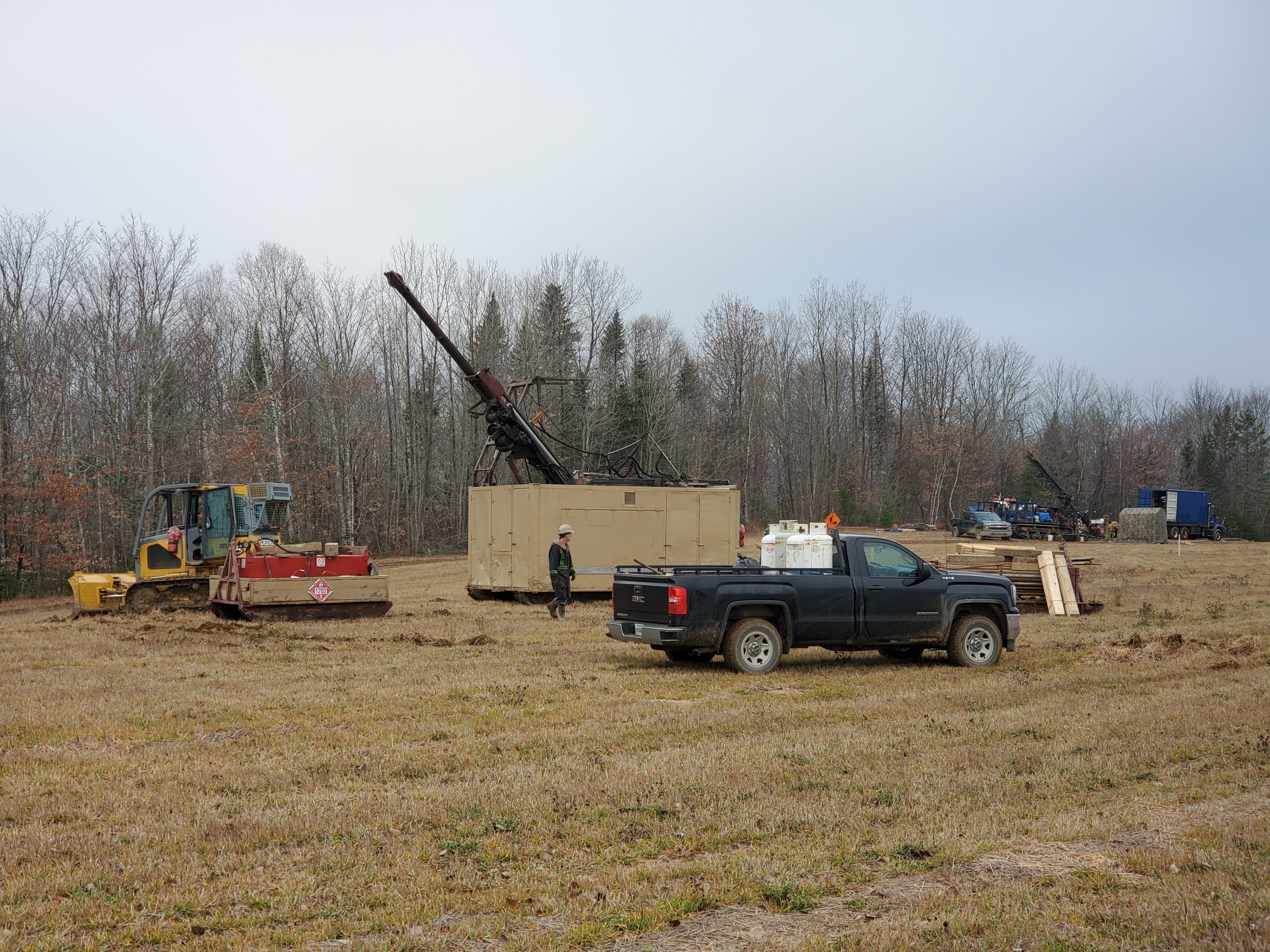

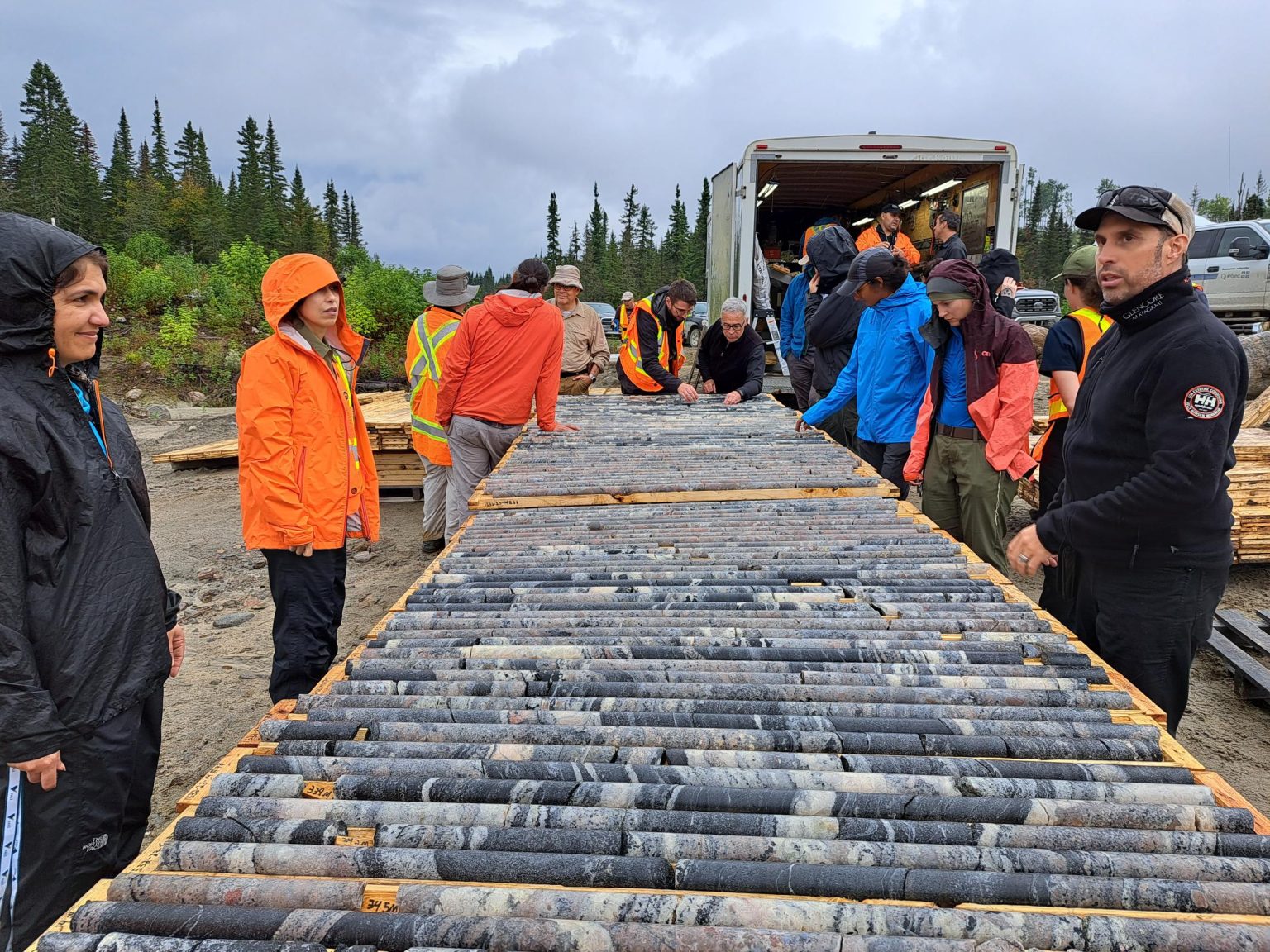
Comments